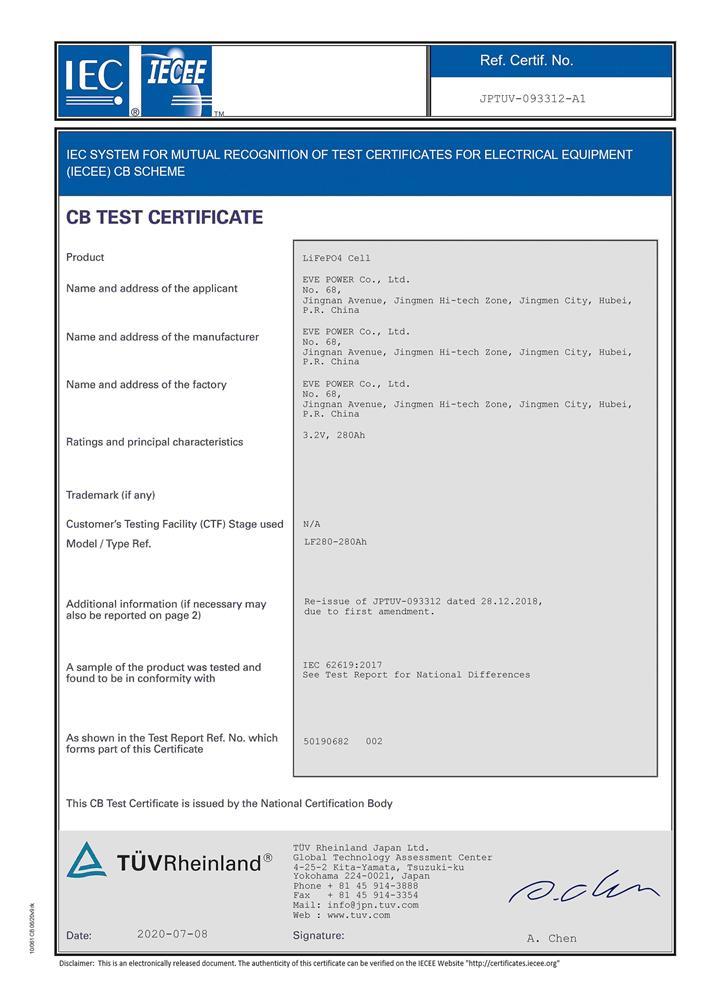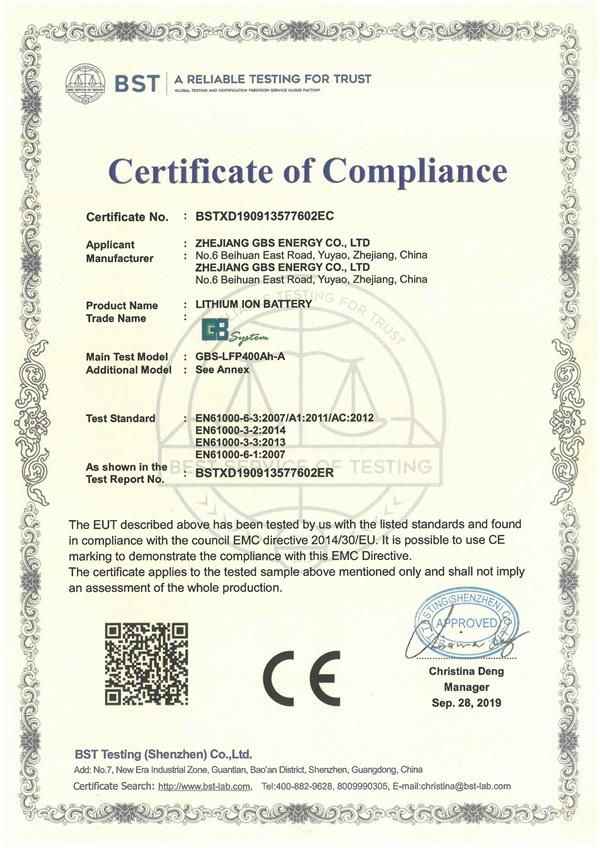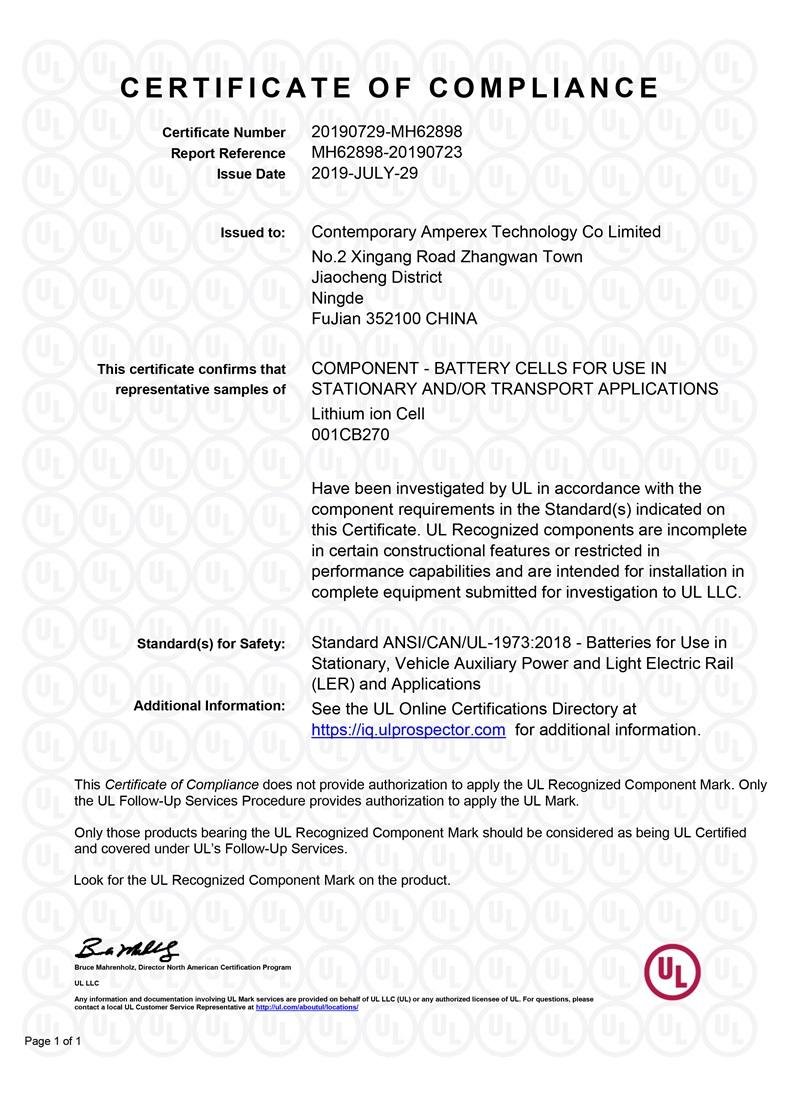Blog
Common Myths About LiFePO4 Battery Properties: The Truth You Need to Know

Lithium Iron Phosphate (LiFePO4) batteries have gained significant popularity in recent years due to their exceptional resilience and longevity. When properly maintained, these batteries can last well beyond a decade, making them a preferred choice for a variety of applications, from renewable energy storage to electric vehicles. However, despite their widespread use, there are still several misunderstandings about LiFePO4 batteries that often lead to confusion. Many of these misconceptions are rooted in the comparison to traditional lead-acid batteries, a chemistry that operates under fundamentally different principles.
Here, we’ll clear up some common myths about LiFePO4 batteries while providing deeper insights into their true capabilities and limitations.
1. No “Break-In” Period is Needed
One of the most pervasive myths surrounding LiFePO4 batteries is that they require a “break-in” period, similar to lead-acid batteries. In reality, this is a misconception. Unlike lead-acid batteries, which may require several cycles to achieve peak performance, LiFePO4 batteries do not need a break-in period. In fact, during the initial few charge cycles, it's more common to see an overestimated capacity rather than an underestimation. This means that the battery can often perform better than expected in the early stages of use.
From a practical perspective, this means that users can start using their LiFePO4 batteries right away without worrying about a “learning curve” for the battery itself. Over time, the battery's capacity will stabilize, and the user will get a better sense of its performance.
2. Charging and Discharging: The Right Parameters Matter
When it comes to charging, LiFePO4 batteries have a specific voltage range that must be adhered to for optimal performance. The standard charge voltage for a single LiFePO4 cell is 3.65V, and it should never be discharged below 2V. Exceeding these limits, such as charging to 4.2V or discharging below 2V, can result in significant damage to the battery, degrading the electrolyte and leading to premature failure.
Overcharging and over-discharging are the primary culprits behind battery failure, and unfortunately, this type of damage is often irreversible. To ensure the battery operates within its safe voltage range, a battery management system (BMS) is essential. A good BMS prevents both overcharging and over-discharging by monitoring and managing the voltage levels of each individual cell within the battery pack.
It’s important to note that although LiFePO4 batteries are more robust than other lithium chemistries, they still require careful management to achieve their full lifespan. Proper charging practices are key.
3. Peukert’s Effect Does Not Apply
Peukert’s Law refers to the phenomenon where a battery’s capacity decreases with increasing discharge rates, a principle typically associated with lead-acid batteries. For LiFePO4 batteries, however, Peukert’s effect does not apply. This is because LiFePO4 batteries are less sensitive to discharge rates compared to lead-acid batteries.
For instance, when discharging at a high current, the capacity of a lead-acid battery will drop significantly, but this does not happen with LiFePO4. This is a major advantage, especially in high-drain applications like electric vehicles or renewable energy systems, where consistent performance is critical.
4. Current Rate (C) and Capacity
A common point of confusion is the current rate (C), which is often misrepresented. Lead-acid batteries typically use a rate of 20-30 hours (0.05C), but this does not apply to LiFePO4 batteries. In fact, LiFePO4 batteries can perform well at current rates much higher than this, with some newer models supporting up to 0.8C without sacrificing their full capacity.
This higher current handling capability makes LiFePO4 batteries more versatile and efficient, especially for applications requiring faster charging or higher power output. For example, electric vehicles (EVs) that utilize LiFePO4 batteries can achieve quick recharges and longer driving ranges compared to traditional lead-acid systems.
5. Depth of Discharge (DoD): A Critical Factor in Battery Life
The depth of discharge (DoD) is a key factor in the lifespan of any battery, including LiFePO4. While it’s true that LiFePO4 batteries have a longer lifespan than lead-acid batteries, it’s still important to avoid excessively deep discharges. Maintaining a DoD of 70-80% is optimal for preserving the battery’s health. Going beyond this can shorten the battery's life, although some newer LiFePO4 batteries are designed to handle DoD levels of 80-90% without significant degradation.
This makes LiFePO4 batteries an ideal choice for applications where deep cycles are frequent, such as in off-grid solar systems. The ability to handle a higher DoD translates to more efficient energy usage and better overall performance over the long term.
6. Swelling and Battery Degradation
Swelling in LiFePO4 batteries is another point of confusion. While this issue is often associated with lithium-ion batteries, it’s important to note that swelling in LiFePO4 cells typically occurs as a result of over-discharging or overcharging. When a battery swells, it does not necessarily mean that the cell is permanently damaged, but it is an indication that the battery has been subjected to extreme conditions.
If a battery experiences swelling, its capacity may decrease, but the cell can still be used in some cases. However, the presence of swelling is a clear sign that the battery should be monitored closely, and replacing the cell may be necessary to ensure safety and performance.
7. Safety Features of LiFePO4 Batteries
One of the standout advantages of LiFePO4 batteries is their superior safety profile. Unlike other lithium chemistries, LiFePO4 batteries are less prone to thermal runaway and will not catch fire or explode under extreme conditions. This makes them a safer choice for applications such as electric vehicles, home energy storage, and even medical devices.
LiFePO4's stable chemical structure and robust construction ensure that the battery performs reliably even in harsh environments. This has made LiFePO4 the battery of choice for industries where safety is a primary concern.
Final Thoughts
In conclusion, LiFePO4 batteries offer a range of advantages over traditional lead-acid batteries, including longer lifespan, better safety features, and more consistent performance. However, it’s crucial to understand the correct operating parameters—such as charge voltage, depth of discharge, and current rates—to maximize their potential.
As technology advances, LiFePO4 batteries continue to evolve, and they’re likely to play an even more significant role in the future of energy storage and electric transportation. Whether you’re considering them for a solar power setup, an electric vehicle, or another application, understanding the facts—and separating them from the myths—will help you make the most informed decision.
If you have more questions or need expert advice, feel free to reach out to our team. We're always ready to guide you through your journey with LiFePO4 batteries.
- Next:How To Properly Dispose of and Recycle LiFePO4 Batteries: An In-Depth Guide
- Previous:Understanding LiFePO4 Battery Cell Grading
Contact Details
Lithium LiFePO4 Batteries and Lithium LiFePO4 Cells Supplier - LiFePO4 Battery Shop
Contact Person: Miss. Elena Wang
WhatsApp : +8615263269227
Skype : +8615263269227
WeChat : 15263269227
Email : info@lifepo4batteryshop.com
All Products
- Sodium ion Battery Cell (0)
- Ternary Lithium Battery Cell (0)
- Battery Management System (0)
- Lithium Titanate Battery (4)
- Hybrid Inverter (6)
- CALB Battery (16)
- REPT Battery (7)
- Sinopoly Battery (7)
- A123 Battery (3)
- GBS Battery (16)
- CATL Battery (14)
- Thunder Sky Winston Battery (20)
- EVE Battery (19)
- LiFePO4 Battery Cell (4)
Certification
Customer Reviews
- I have fond memories of our meeting in Shanghai with LiFePO4 Battery Shop Elena. Your company left a strong impression on me with its impressive growth and professionalism. We both value straightforwardness and honesty, which I believe are the most important qualities in any partnership. I am confident that we can build a successful collaboration based on these shared values. —— Robert from USA
- I've been working with LiFePO4 Battery Shop for years, and their reliability is unmatched. While other suppliers frequently change sales teams, LiFePO4 Battery Shop has consistently provided exceptional service with a stable team. Their commitment to quality and customer support truly sets them apart. —— Henry from Australia



